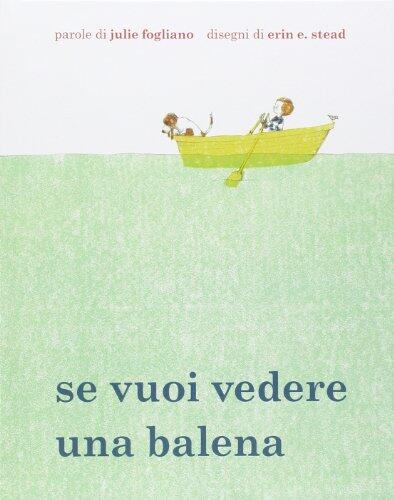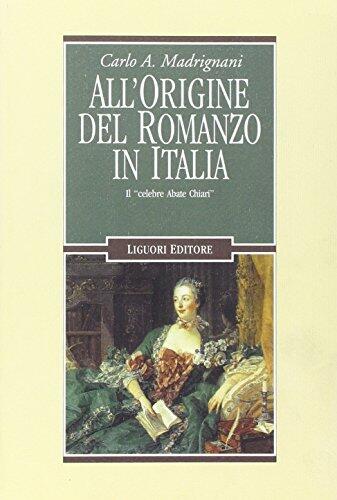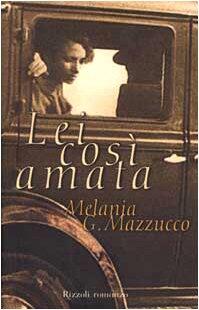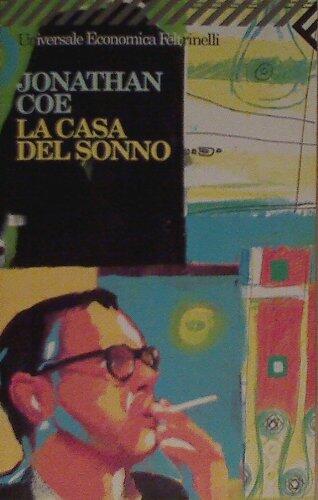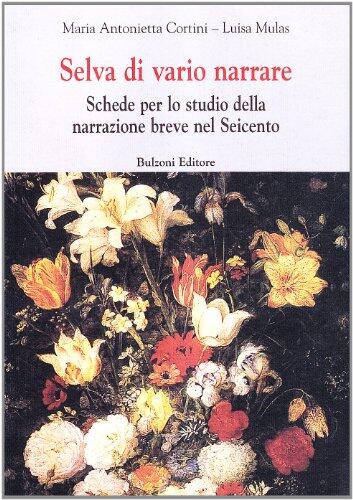
Selva Di Vario Narrare: Schede Per Lo Studio Della Narrazione Breve Nel Seicento
由
M. Antonietta (maria Antonietta) Cortini
还没有评分
Science Fiction
格式
平装书
页数
587
语言
意大利语
已发布
Jan 1, 2000
出版商
Bulzoni
ISBN-10
8883194829
ISBN-13
9788883194825
描述
M. Antonietta Cortini introduces a meticulous examination of short narrative forms in the context of the seventeenth century, shedding light on a fascinating yet often overlooked aspect of literary history. The work delves into various styles and techniques employed by authors of that era, revealing the complexity and richness of their narratives. By focusing on this specific period, the authors illuminate how historical and cultural influences shaped storytelling methods, showcasing the interconnection between the literature and the broader social landscape of the time.
This study serves as a valuable resource for scholars and students alike, providing detailed analyses and contexts that enhance understanding of short narratives. Cortini and co-author Luisa Mulas present an array of examples, discussing the distinct characteristics that define the genre during this vibrant age. With bibliographical references and indexes included, readers are equipped for further exploration of the subject matter.
Engaging with this text not only enriches one’s appreciation for short narratives but also emphasizes the foundational role they played in the development of later literary traditions. The book shines a light on the narrative craft of the era, allowing present-day audiences to gain insights into the storytelling techniques that have influenced generations of writers. The revival of interest in these narratives encourages a deeper conversation about the evolution of literature over the centuries.
This study serves as a valuable resource for scholars and students alike, providing detailed analyses and contexts that enhance understanding of short narratives. Cortini and co-author Luisa Mulas present an array of examples, discussing the distinct characteristics that define the genre during this vibrant age. With bibliographical references and indexes included, readers are equipped for further exploration of the subject matter.
Engaging with this text not only enriches one’s appreciation for short narratives but also emphasizes the foundational role they played in the development of later literary traditions. The book shines a light on the narrative craft of the era, allowing present-day audiences to gain insights into the storytelling techniques that have influenced generations of writers. The revival of interest in these narratives encourages a deeper conversation about the evolution of literature over the centuries.
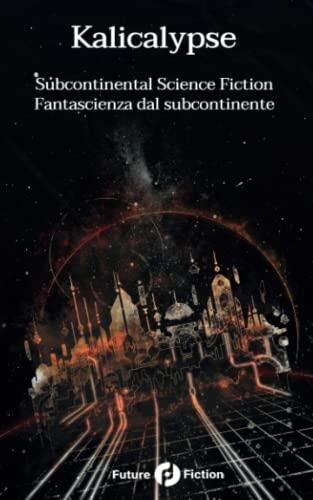
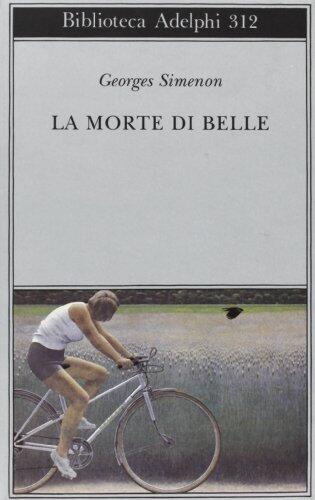

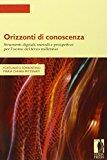

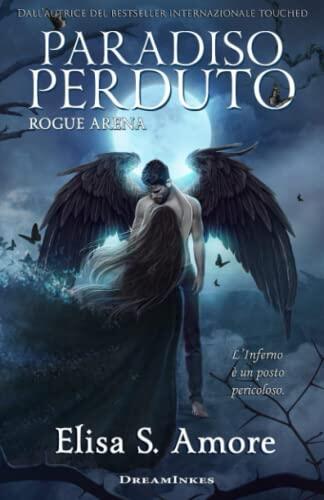
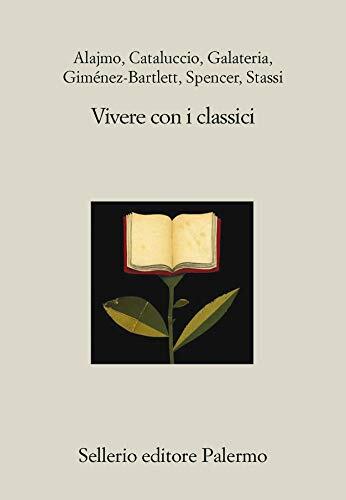
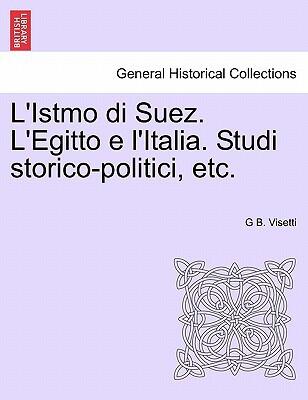
![Il trono di spade. Libro primo delle Cronache del ghiaccio e del fuoco: 1 [ Game of Thrones book 1 ]](https://images.bookpine.com/ca779a64-6ace-4ce7-b73e-fc49ec3d04d1.jpg)
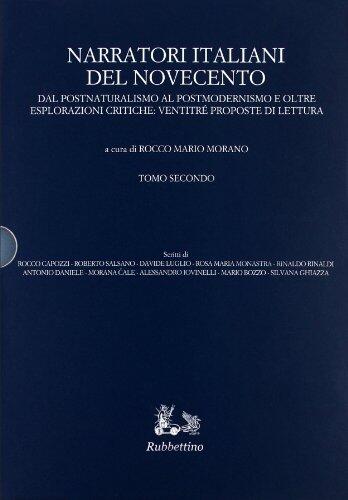
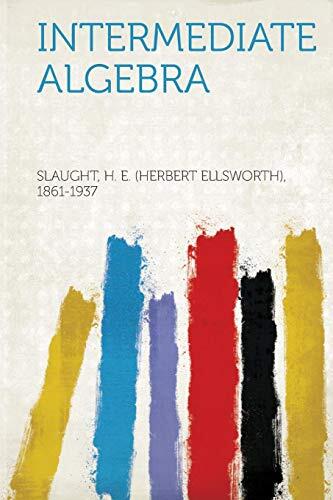
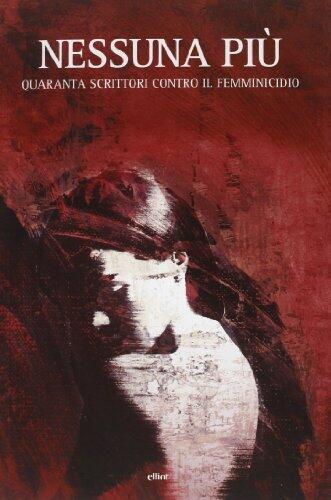
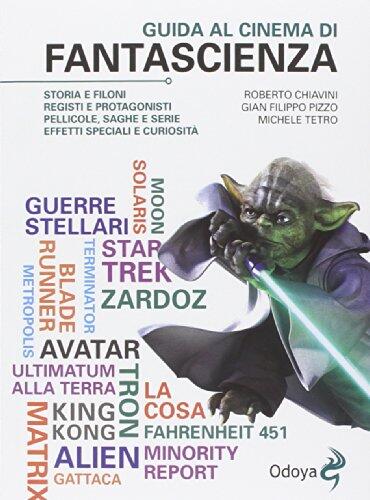
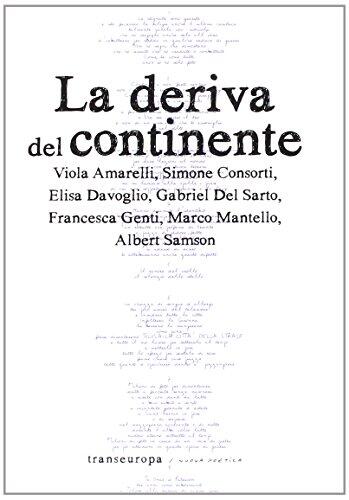
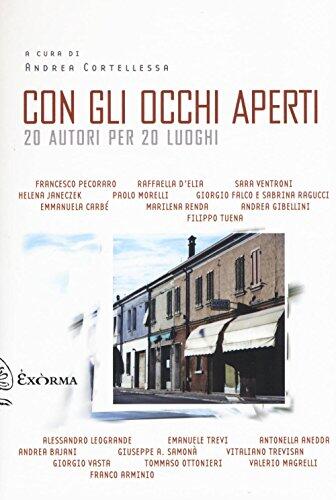
![Il Piccolo Principe [ The Little Prince ]](https://images.bookpine.com/31ef2023-f455-486b-92a8-7cac23202f5a.jpg)
